Redis vs Memcached in 2024
Scalegrid
MARCH 28, 2024
This article will explore how they handle data storage and scalability, perform in different scenarios, and, most importantly, how these factors influence your choice. Redis Revealed: An Overview Redis, a renowned open-source, in-memory remote dictionary server, stands out for its diverse data structures and advanced features.


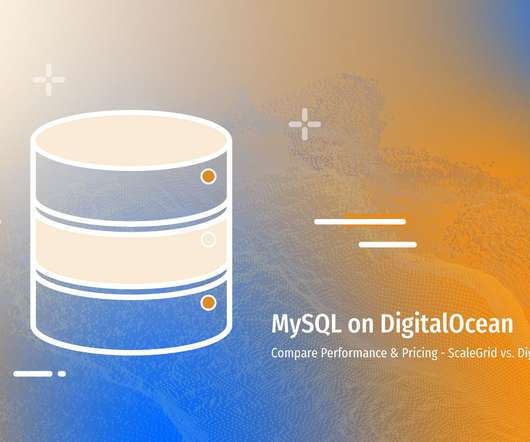
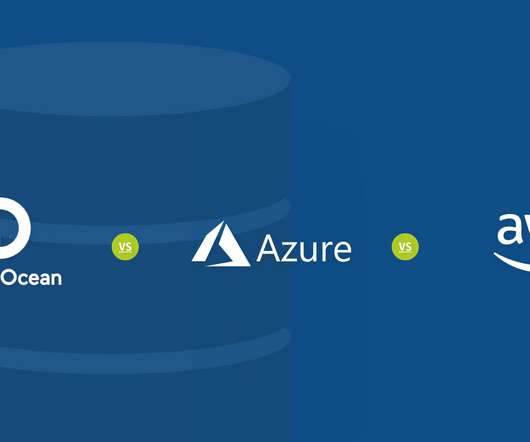
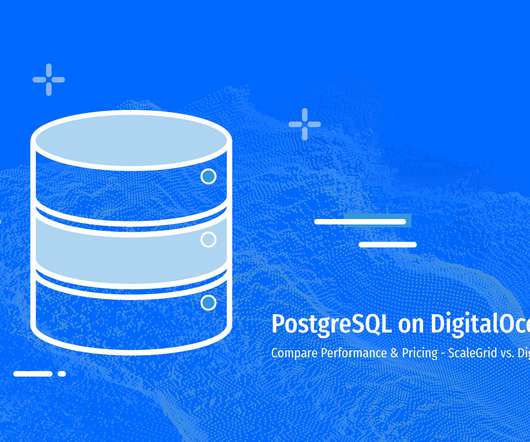












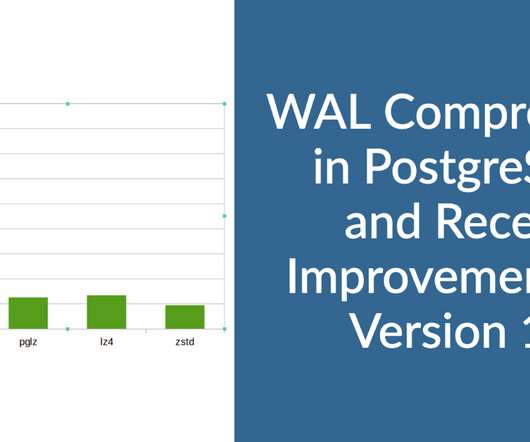







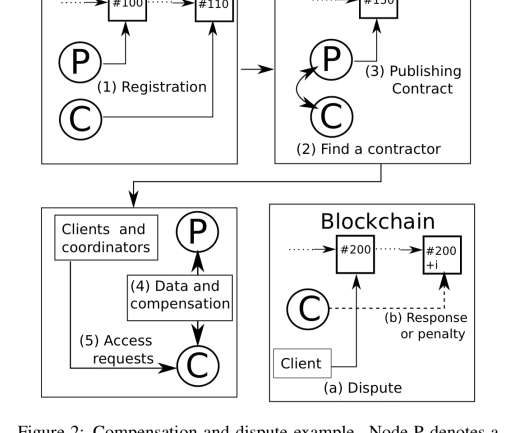


















Let's personalize your content